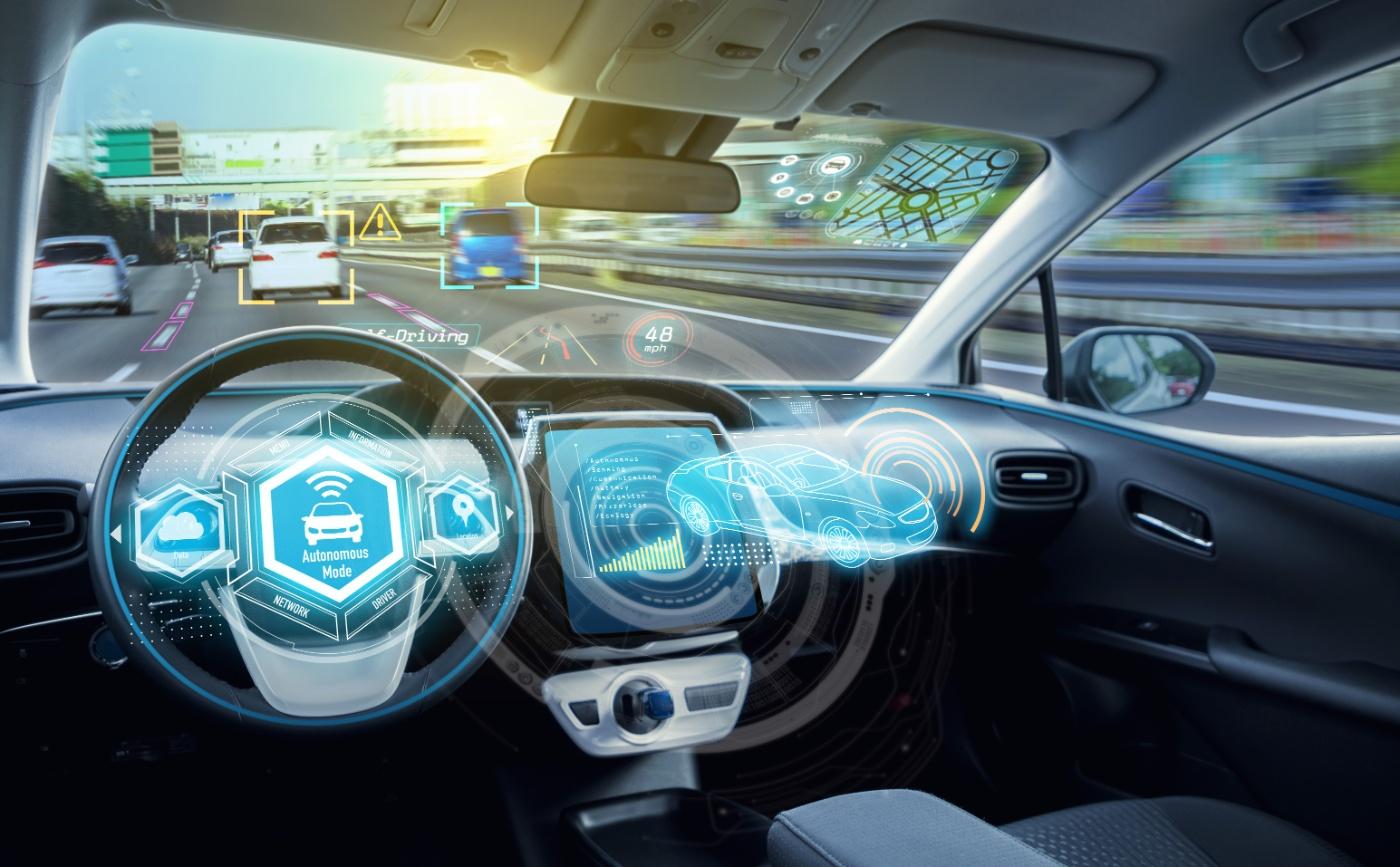ADAS Sensors Market: Innovations Fueling the Next Generation of Driver Assistance

The Advanced Driver Assistance Systems (ADAS) market is experiencing a significant transformation, fueled by technological advancements, regulatory changes, and consumer demand for safer driving experiences. As vehicles evolve into sophisticated machines capable of assisting drivers, the demand for ADAS sensors has surged. This article explores the key market trends driving growth in the ADAS sensors market.
1. Increasing Focus on Vehicle Safety
The primary catalyst for the growth of ADAS sensors is the rising emphasis on vehicle safety. Governments and regulatory bodies worldwide are implementing stringent safety regulations, compelling automakers to equip vehicles with advanced safety features. The European Union, for instance, has mandated that all new cars must have ADAS features such as automatic emergency braking and lane-keeping assistance by 2022. Similarly, the National Highway Traffic Safety Administration (NHTSA) in the United States has advocated for advanced safety systems in all new vehicles. This regulatory push is not only elevating the demand for ADAS sensors but also driving innovation in sensor technology.
2. Growing Demand for Autonomous Vehicles
The shift toward autonomous vehicles is reshaping the automotive landscape. As manufacturers aim to achieve higher levels of automation, the complexity and capability of ADAS sensors are becoming critical. Technologies like LIDAR, radar, and cameras are integral to enabling vehicles to perceive their environment and make informed driving decisions. Research indicates that the global market for autonomous vehicles will grow significantly, leading to increased investments in ADAS sensors. Companies are now focusing on developing sensor fusion technologies that integrate data from multiple sources to enhance the accuracy and reliability of autonomous systems.
3. Advancements in Sensor Technology
Rapid advancements in sensor technology are pivotal in driving the growth of the ADAS sensors market. Innovations such as solid-state LIDAR, improved radar systems, and high-definition cameras are enhancing the performance of ADAS features. These technologies provide higher resolution, better range, and improved reliability, making them essential for applications like adaptive cruise control, blind-spot detection, and collision avoidance systems.
Moreover, the integration of artificial intelligence (AI) and machine learning (ML) is enhancing the capabilities of ADAS. AI algorithms can analyze sensor data in real-time, enabling vehicles to respond dynamically to changing road conditions and potential hazards. As these technologies mature, the adoption of ADAS sensors will only accelerate.
4. Rising Consumer Awareness and Demand
Consumer awareness regarding vehicle safety is on the rise, driving demand for ADAS-equipped vehicles. As more consumers prioritize safety features when purchasing cars, automakers are responding by enhancing their offerings with advanced driver assistance technologies. Research indicates that vehicles equipped with ADAS not only provide a safer driving experience but also contribute to lower insurance premiums, making them more attractive to buyers.
The influence of social media and online reviews also plays a significant role in shaping consumer perceptions about vehicle safety. Consumers are increasingly sharing their experiences with ADAS features, further elevating awareness and driving demand for vehicles equipped with advanced sensors.
5. Expansion of Electric and Connected Vehicles
The increasing proliferation of electric vehicles (EVs) and connected cars is another trend contributing to the growth of the ADAS sensors market. EVs, with their emphasis on high-tech features, are often equipped with ADAS technologies as standard. This trend is particularly prevalent in premium EV models, which integrate a host of advanced safety features to differentiate themselves in a competitive market.
Connected vehicles are also enhancing the capabilities of ADAS. Vehicle-to-everything (V2X) communication technologies allow cars to communicate with each other and with infrastructure, providing real-time data that can enhance safety and efficiency. This integration not only improves the performance of ADAS systems but also opens new avenues for the development of smart transportation systems.
6. Collaborative Ecosystems and Partnerships
As the ADAS sensors market evolves, collaboration among various stakeholders has become increasingly important. Automakers, technology providers, and sensor manufacturers are forming partnerships to drive innovation and enhance product offerings. These collaborations enable the sharing of expertise and resources, accelerating the development of cutting-edge technologies.
For instance, partnerships between automotive companies and tech giants are fostering the development of advanced AI algorithms and sensor technologies that are crucial for next-generation ADAS. These collaborative ecosystems are essential for driving down costs, improving efficiency, and accelerating time-to-market for new technologies.
Conclusion
The ADAS sensors market is poised for substantial growth driven by a confluence of trends, including increased safety regulations, the rise of autonomous and connected vehicles, and advancements in sensor technologies. As consumer awareness and demand for vehicle safety continue to grow, automakers are investing heavily in ADAS capabilities, further propelling the market. The future of driving is undeniably linked to the evolution of ADAS technologies, promising a safer and more efficient transportation landscape.
- Art
- Causes
- Crafts
- Dance
- Drinks
- Film
- Fitness
- Food
- Games
- Gardening
- Health
- Home
- Literature
- Music
- Networking
- Other
- Party
- Religion
- Shopping
- Sports
- Theater
- Wellness


